Statistics and history say that international boundaries keep on changing every 50 years where larger countries break into smaller ones as a result of several pertaining issues. From disputes over boundaries to the religious background or political instability, there are several reasons for the fallout of a big country. The breaking of the USSR or the Soviet Union is a classic example of this. India Pakistan partition is another classic example. While some countries manage to come to an agreement over the boundary disputes while some think the best way to decide the territory is to battle it out.
International boundaries keep on making and changing in every era and the last 25 years have been no different. This period saw the emergence of many new countries on the world map. While some got recognition at the global stage, some are yet to be recognised formally. I’ve gathered information about 8 such countries and this article contains a brief introduction of those countries.
Czech Republic
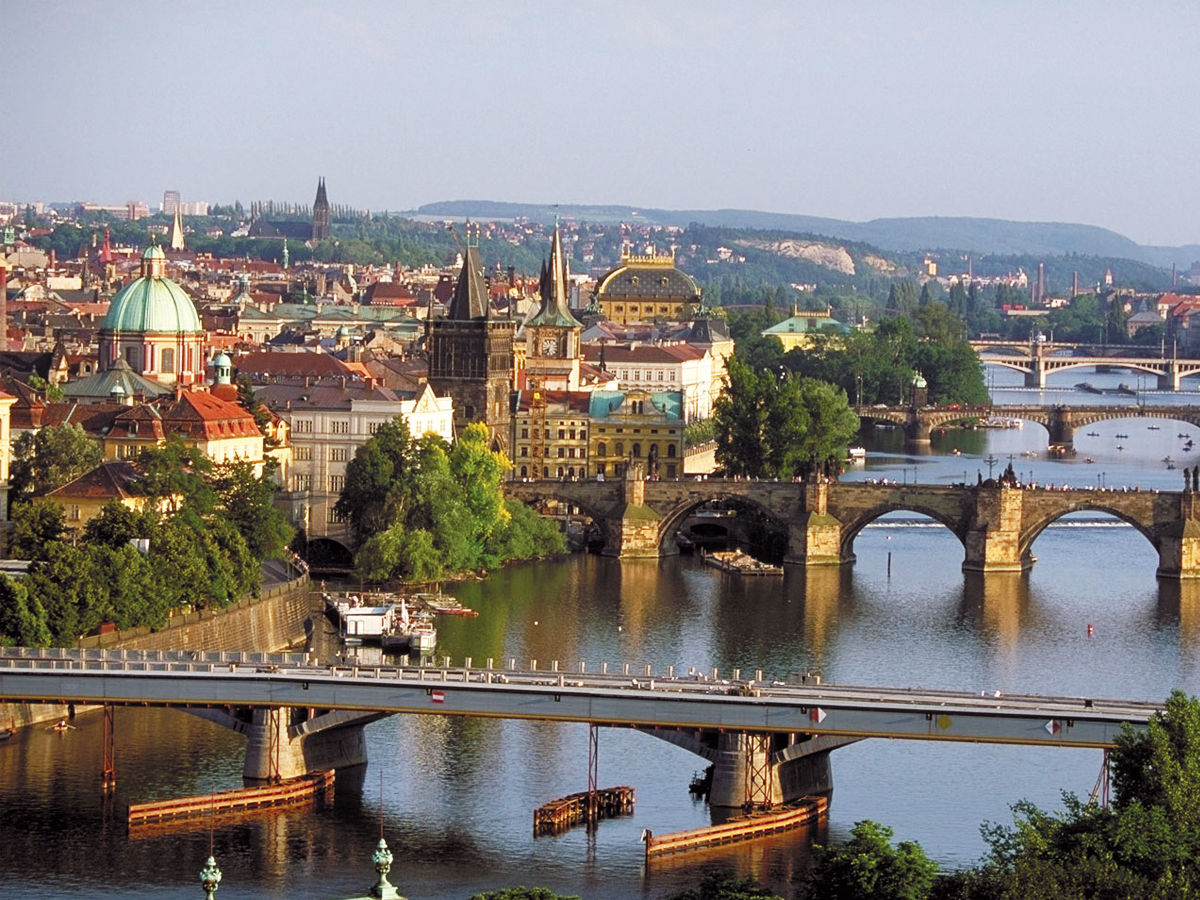
The place that we today know as the Czech Republic saw drastic changes during and after World War I. The War led to the fall of the Austro-Hungarian empire and Czechs and Slovaks united to form Czechoslovakia. Czechoslovakia was controlled by Communists till 1989. In 1993, the region witnessed the Velvet revolution that eventually resulted in the historic Velvet Divorce. As a result, the Czech Republic and Slovakia separated after a peaceful dissolution and were established as independent countries in 1993.
Eritrea, 1993
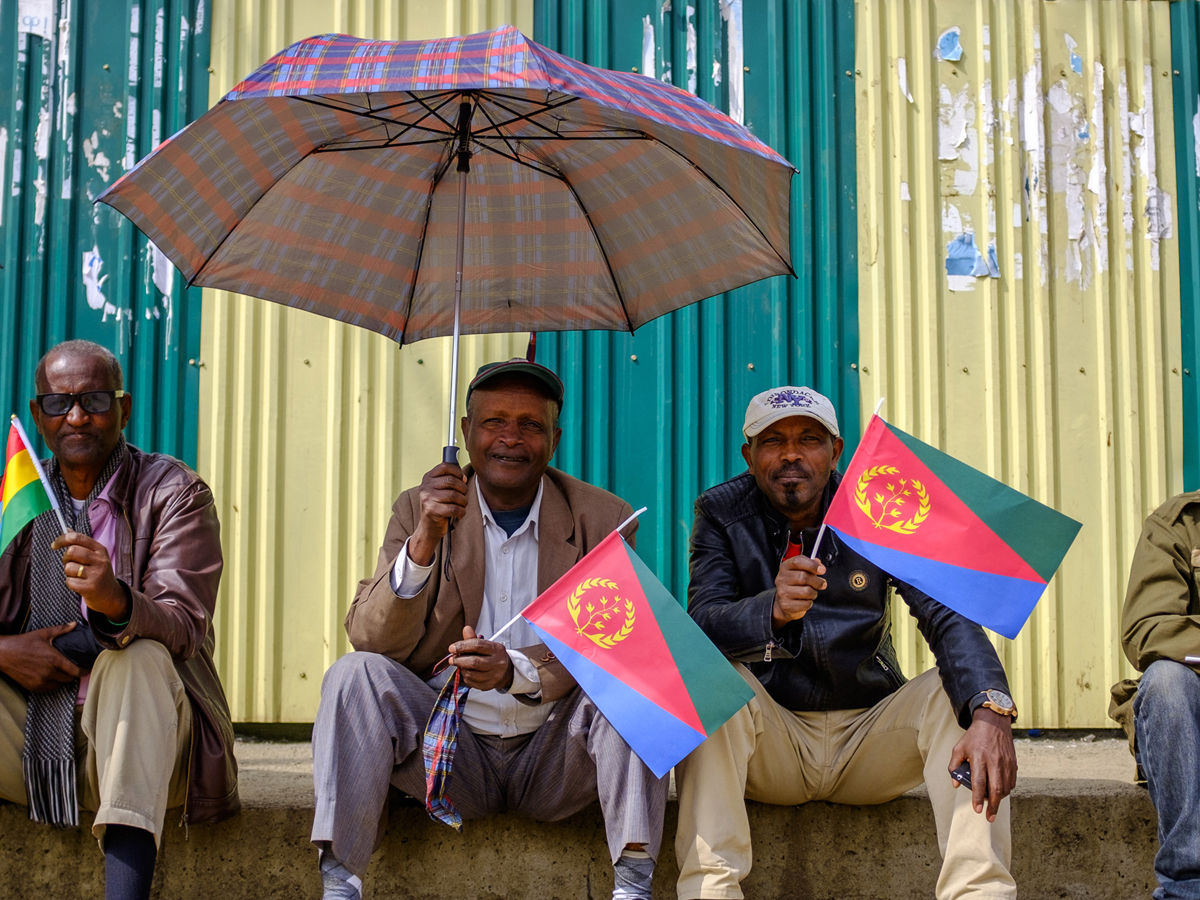
Eritrea was an autonomous region established by the United Nations in 1952. However, the territory was within Ethiopian Federation and Ethiopia annexed the region in 1962 under emperor Haile. This led to a 30-year long civil war and the Eritrean People’s Liberation Front managed to oust the Ethiopian forces in 1991. The country declared itself as an independent nation on 27 April 1993.
Palau
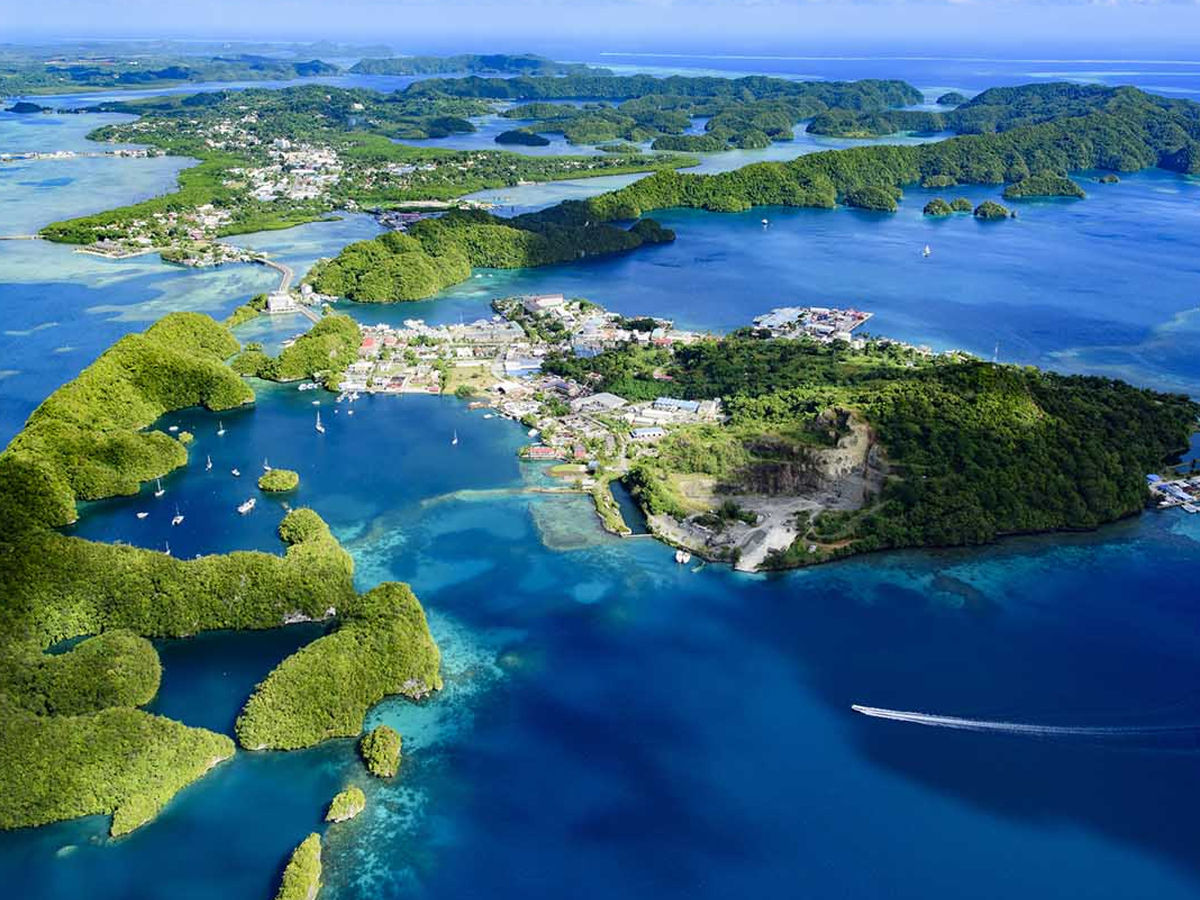
Palau is the nation with the lowest population on this list. It is geographically a part of the larger Micronesia island group. Over 21,000 people are inhabitants of the country that reside on around 250 islands. The country declared its official independence on October 1, 1994, after resisting to become a part of Micronesia for almost 15 years. Before gaining independence, Palau was administered by the United Nations Trust Territory of the Pacific. It is today one of the wealthiest Pacific Island states
East Timor
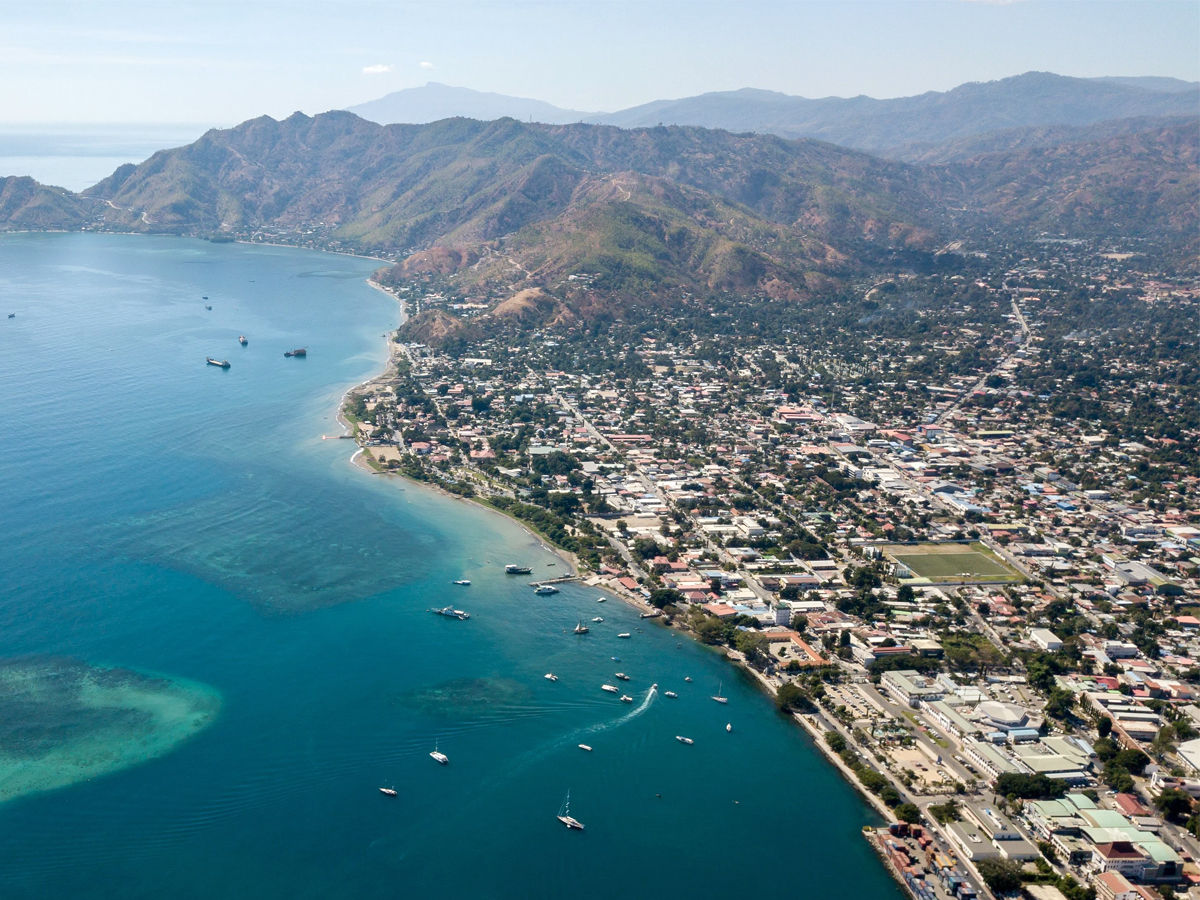
East Timor is also known as Timor-Leste and the country officially got its independence on May 20, 2002, it voted for independence several years back through a referendum that rejected the proposed “special autonomy” within Indonesia. According to a report, Indonesia killed over 180,000 people in Timor after they invaded the country after the end of colonial rule in 1975. In 1991, 250 pro-independence protestors were shot dead and that took the fight of the independence to the next level. UN forces remain deployed in the region due to the tensions.
Montenegro

The collapse of Yugoslavia in 1991 led to the creation of a single nation that comprises Montenegro as well as Serbia. The State Union of Serbia and Montenegro came into existence in 2003. However, Montenegro ended the relationship by bringing in a referendum on May 21, 2006. On June 3, Montenegro declared its independence.
Serbia
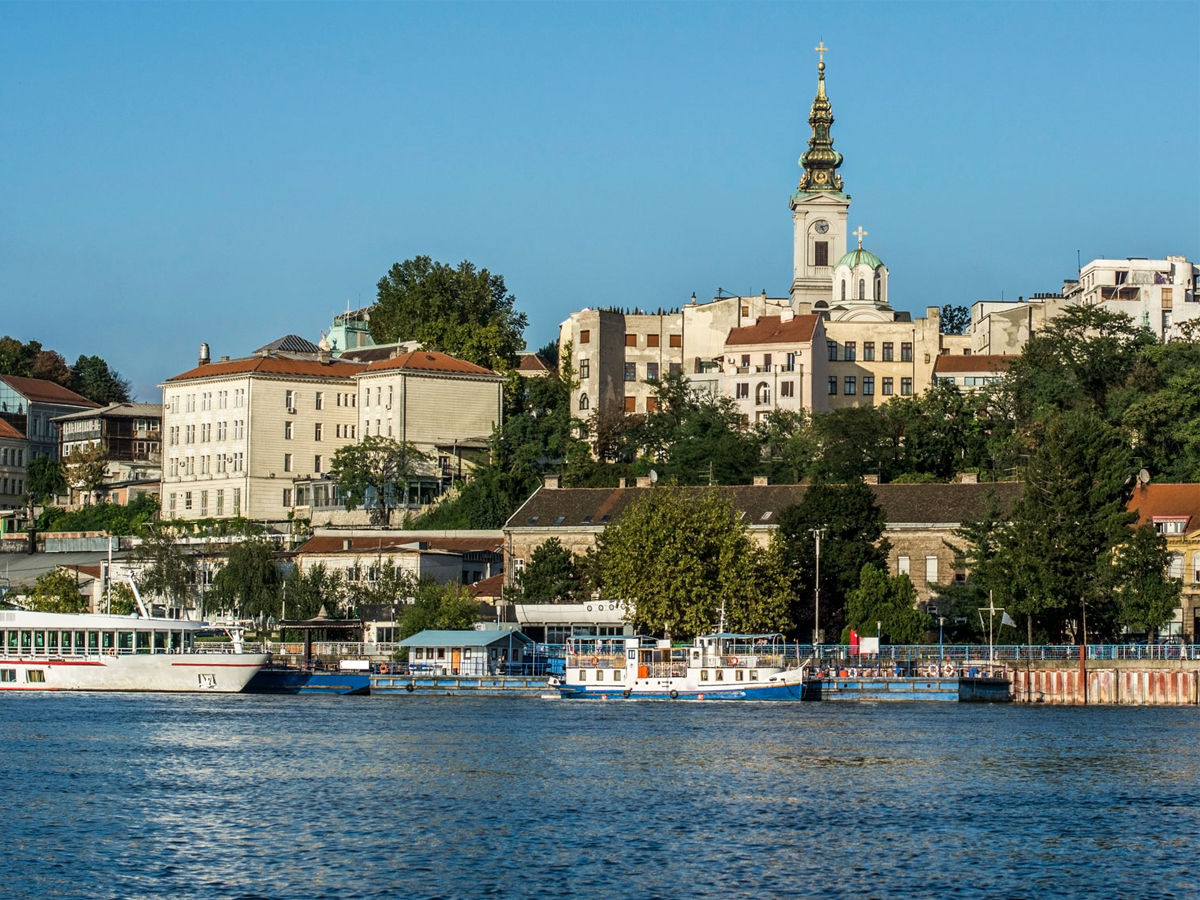
The creation of Serbia could be seen as a by-product of Montenegro’s quest for independence. Serbia, just like Montenegro, was also formed due to the fall of Yugoslavia and the referendum by Montenegro left Serbia with no choice but to identify itself as an independent nation. Serbia declared its independence just a few days after Montenegro. The Kosovo issue has created territorial problems for Serbia.
Kosovo
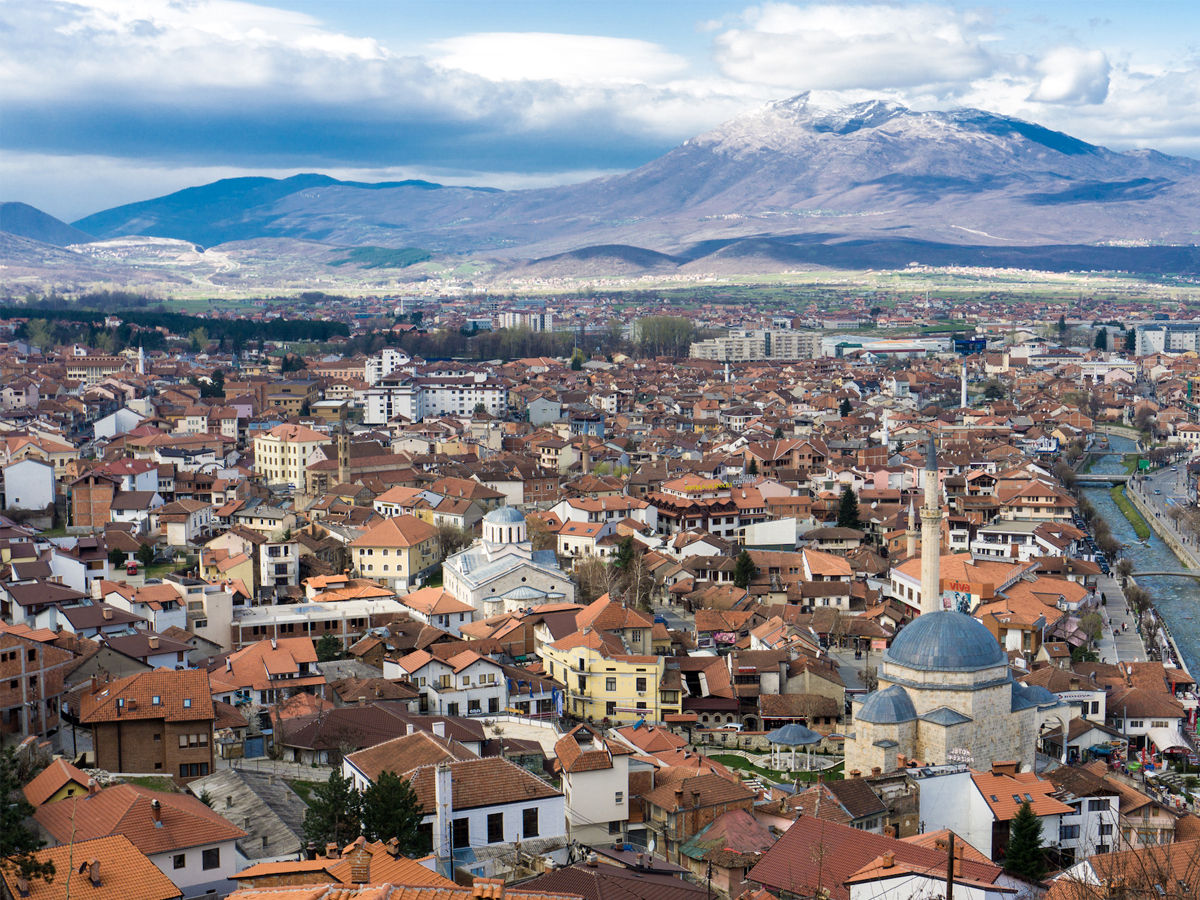
Kosovo declared itself an independent country, refusing to remain a part of Serbia, on February 17, 2008. It had been administered by the United Nations since 1999, following the bombing over Serbia by NATO. This resulted in the withdrawal of Serbian forces from Kosovo. While Russia and Serbia opposed Kosovo’s independence, several other nations identify it as a country. Kosovo still has a long way to go as the UN is yet to give it the official status of an independent nation.
South Sudan
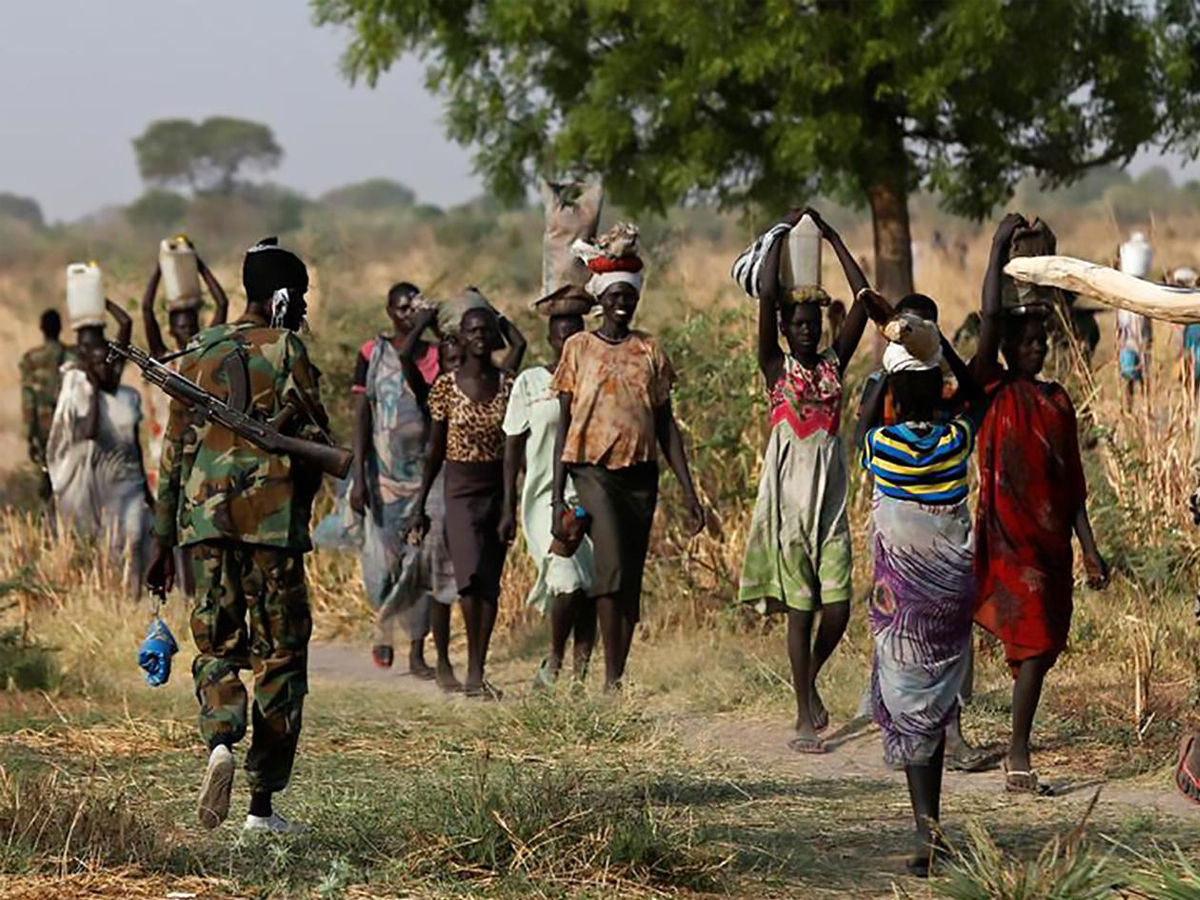
South Sudan is the newest country on the world map. It declared independence from Sudan on July 9, 2011, after years-long civil war accompanied by unlawful killings and turmoil. The Arab ethnicity of North Sudan was a major reason behind the ruckus that led to the civil war. Nearly 99 per cent of voters in the South voted in favour of independence. The country gets assistance from the United Nations but still has a lot to do to uplift its people and beat problems like poverty.




























